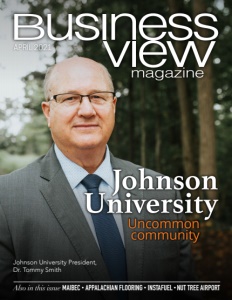Collaboration of Daimler Trucks North America, Portland General Electric reflects critical need to build infrastructure for electrified trucking fleets
As the automotive industry accelerates the delivery of electrified truck models, Daimler Trucks North America (DTNA) and Portland General Electric (PGE) are teaming up on a first-of-its-kind, public charging station specially designed for medium and heavy-duty electric commercial trucks. Black & Veatch, a leading provider of zero-emission vehicle transportation solutions, is now working to bring the Portland, Oregon “Electric Island” project online to demonstrate high power charging infrastructure scaled to accommodate electric trucks and their large batteries capable of moving up to 80,000 pounds at highway speeds.
Against the backdrop of the advances in electrified trucking and the push to lower or altogether eliminate transportation’s carbon footprint, the project is scheduled to open this spring near DTNA’s headquarters and will feature nine charging stations. The site also will serve as a testing and innovation location, with plans for more chargers, on-site energy storage, solar power generation, a product and technology showcase building, and chargers capable of up to 1 megawatt of charging capacity. That’s more than four times faster than today’s fastest light-duty vehicle chargers.
On what officially is known as Swan Island, the “Electric Island” joint venture addresses the nexus of electrified trucks and the grid while creating opportunities for tomorrow’s EV drivers and utility customers. Powered by DTNA’s enrollment in PGE’s “Green Future Impact” renewable energy program, the site – and all vehicle charging – will be powered with no greenhouse gas emissions.
“`Electric Island’ is a perfect example of what the future looks like here today. It’s exciting to participate in this collaborative project driving innovation between a private enterprise and the local utility, all on a mission to unlock the potential of zero-carbon transportation options,” said Paul Stith, Black & Veatch’s director of global transportation initiatives.
“Given that transportation is an oversized contributor to pollution and climate-warming emissions, it’s important to ensure charging infrastructure keeps pace with commercial fleet adoption. Lessons learned at Electric Island will help transform thinking for the entire industry,” added Stith, who also serves on the board of the North American Council for Freight Efficiency and of Forth, a leading U.S. organization advancing clean transportation. “Proving the scalability of high-capacity charging infrastructure is critical to demonstrating the path forward for medium and heavy-duty electric vehicles.”
Positive feedback from zero-emission, heavy-duty test and validation fleets is building confidence and generating demand for vehicles. In the North American market alone, according to the Rocky Mountain Institute, zero-emissions freight vehicle availability over the next year is expected to increase from more than 70 models from two dozen manufacturers to at least 85 models from over 30 companies.
As zero-emission vehicle (ZEV) technology matures – particularly in the medium- and heavy-duty space –regulators in some states are providing incentives and increasingly strong mandates that force broader adoption of emissions-free vehicles and trucks. In the United States in June, the California Air Resources Board (CARB) mandated that half the state’s trucks be zero-emission by 2035.
Utilities are responding, viewing the need for charging stations as good both for the environment and business. Black & Veatch’s Strategic Directions: Electric Report – released in October and based on survey feedback from more than 600 electric industry stakeholders – found that the percentage of respondents who consider electrified transportation as a big opportunity to gain future load and revenue spiked 74 percent over 2019, to 21 percent from just 12 percent. An additional 38 percent said it was a good business opportunity.

